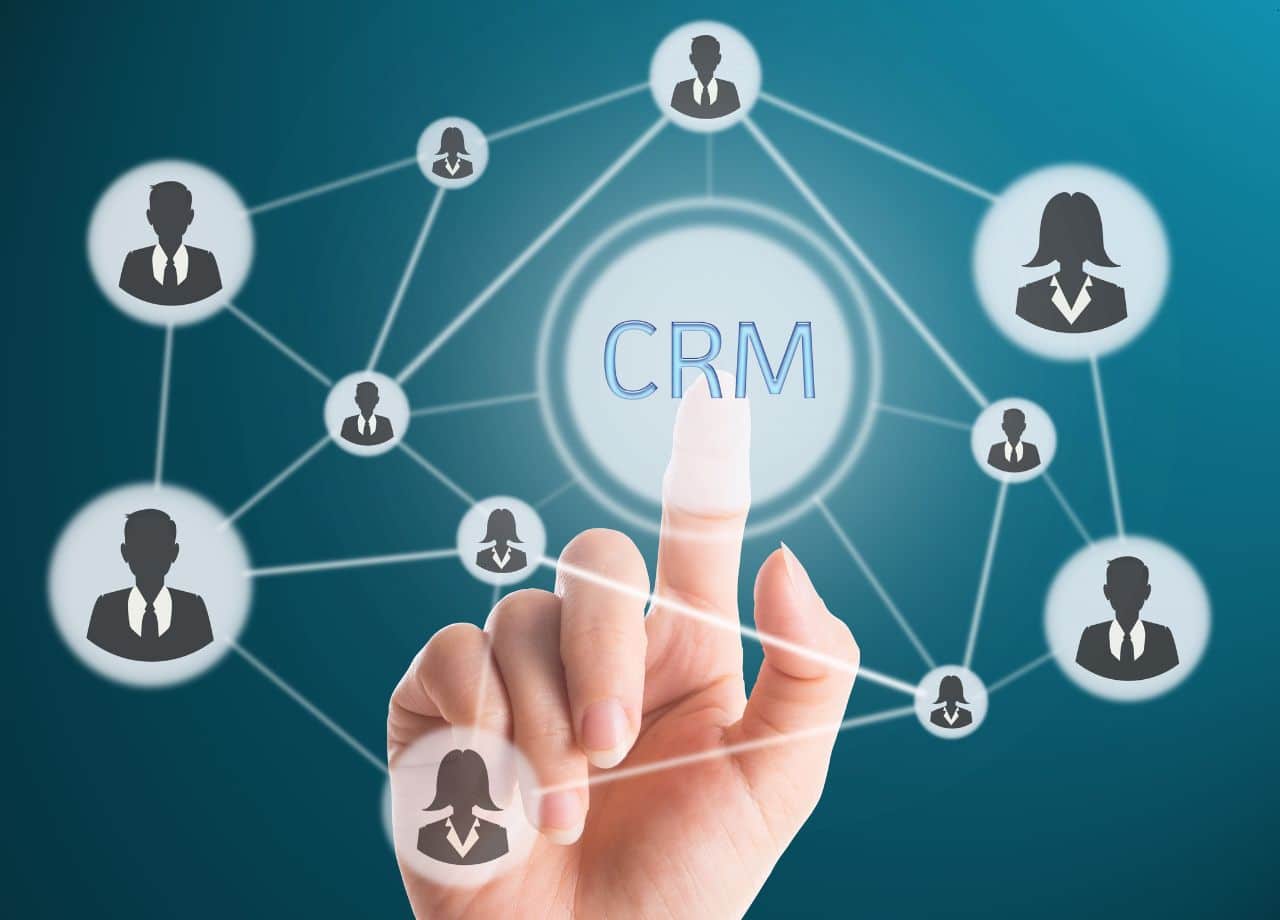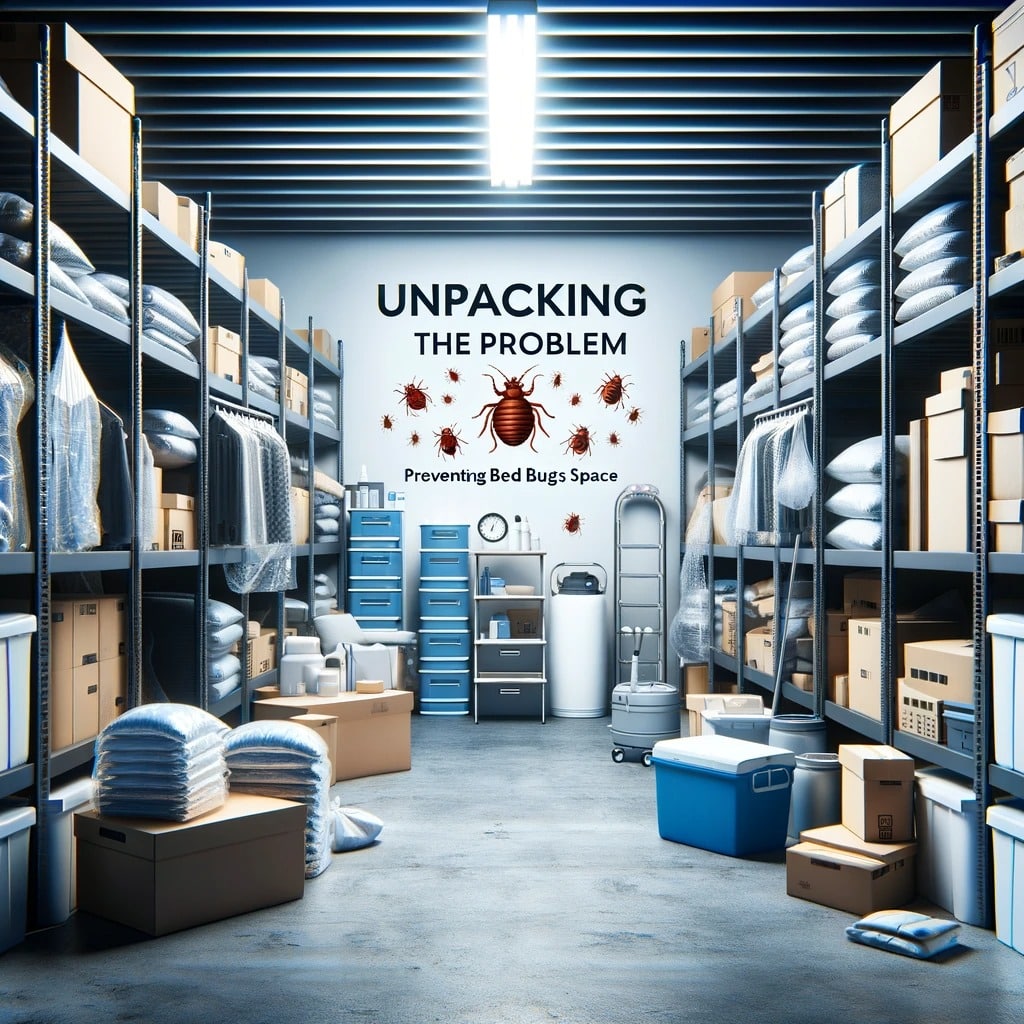When it comes to maintaining a pest-free home, the preparation for pest control treatments is just as crucial as the treatment itself. For homeowners, understanding the necessary steps to prepare for pest extermination can significantly enhance the effectiveness of the process. This guide aims to equip you with a comprehensive checklist, ensuring that your home is optimally prepared for the arrival of the pest control professionals. Proper preparation not only facilitates a smoother and more efficient treatment process but also contributes to the long-term success of keeping pests at bay.
Understanding the Pest Control Process
Before diving into the preparation checklist, it’s essential to understand what the pest control process entails. Pest control treatments vary depending on the type of pests being targeted – be it insects like cockroaches and bed bugs or rodents like mice and rats. Each treatment type has specific methodologies and chemicals used.
The pest control process generally involves an initial inspection, treatment application, and possibly follow-up visits. During the initial inspection, exterminators assess the extent of the infestation and identify key problem areas. This is followed by the application of treatments, which can range from sprays and baits to more extensive measures like fumigation.
As a homeowner, your role in this process is vital. By preparing your home appropriately according to a pest control checklist, you provide exterminators with better access to problem areas, reduce the risk of reinfestation, and ensure the safety of your household during the treatment process. Proper preparation can also reduce the time exterminators need to spend in your home, thereby minimizing any inconvenience.
Pest Control Preparation Sheet: General Guidelines
A comprehensive pest control preparation sheet is a valuable tool for homeowners. This checklist covers general steps that apply to most types of pest control treatments. Following these guidelines can make the treatment more effective and protect your belongings from potential damage during the process.

Access: Clear Pathways
Ensure that exterminators have clear access to your home and problem areas. This may involve moving furniture, appliances, and personal belongings to expose baseboards, corners, and other typical hiding spots for pests.
Cleaning: Remove Food Sources and Clutter
- Thoroughly clean your home to remove food sources that attract pests. This includes wiping down surfaces, vacuuming floors, and properly storing food in sealed containers.
- Declutter your home, especially in areas where pests are frequently seen. Clutter provides hiding spots for pests and can obstruct the treatment process.
Prepare Kitchen and Dining Areas
- Clear out your kitchen counters and cabinets. If your kitchen is being treated, you may need to empty cabinets and pantries. Place food items, dishes, and utensils in sealed bags or boxes and store them away from treatment areas.
- Cover or remove appliances, and seal or protect any open food packages.
Personal Belongings: Secure and Cover
- Protect your clothing, bedding, and personal items. Store them in sealed bags or move them to an area not being treated.
- Remove or cover electronics and electrical appliances, especially if liquid treatments are being used.
Bathroom Preparations
- Remove toiletries, towels, and bath mats from bathrooms. If treatments are being applied here, ensure that all personal care items are safely stored away.
Safety Measures for Children and Pets
- Plan for the safety of children and pets. Arrange for them to be away from the home during treatment and for a safe duration afterward, as recommended by the pest control professionals.
Preparing for Exterminator: Room-by-Room Guide
Each room in your home may require specific preparations for pest control treatments. Here’s a room-by-room guide to ensure comprehensive preparation:
Living Room and Bedrooms
Furniture and Carpets:
Vacuum sofas, chairs, and carpets thoroughly. Move furniture away from walls to provide exterminators access to baseboards.
Bedding and Curtains:
Remove all bedding, pillows, and covers. If dealing with bed bugs, wash these items in hot water and seal them in bags until the treatment is complete. Remove curtains if possible.
Kitchen
Cabinets and Pantry:
Empty all cabinets and pantries. Store food in sealed containers or remove it from the treatment area. Clean shelves and remove crumbs or residue to eliminate food sources for pests.
Appliances:
Move small appliances out of the kitchen or cover them. For larger appliances like refrigerators and stoves, pull them away from the wall if possible.
Bathrooms
Toiletries and Towels:
Remove all personal care products, towels, and bath mats. Store them in sealed bags or in another room.
Medicine Cabinets:
Empty medicine cabinets and safely store medications away from treatment areas.
Laundry Room
Storage Areas:
Clear out any storage areas or shelves. Launder any clothing or fabrics stored here, especially if dealing with pests like bed bugs or moths.
Washer and Dryer:
If possible, move these appliances to provide access to corners and behind the machines.
How to Prepare for a Pest Inspection
Preparation for a pest inspection involves different steps to ensure that the exterminator can accurately assess the extent of the infestation and plan the most effective treatment.
Access to All Areas:
Ensure the exterminator has access to all areas of your home, including basements, attics, and crawl spaces. Unlock any gates or doors that lead to these areas.
Highlight Problem Areas:
If you have noticed signs of pest activity in specific areas, point these out to the exterminator. This could include droppings, damage, or actual sightings of pests.
Documentation:
If you’ve captured any pests or taken photos of damage or droppings, show these to the exterminator for better identification and treatment planning.
Questions and Concerns:
Prepare a list of questions or concerns you may have regarding the pest issue or the treatment process. This can include questions about the safety of pets and children, duration of the treatment, and any preparation you need to do beforehand.
Bed Bug Prep Sheet: Specific Preparations
Bed bugs require specialised preparations due to their elusive nature and resistance to many common pest control methods.

Bedding and Linens:
Remove all bedding, linens, and curtains. Wash them in hot water and dry on high heat to kill any bed bugs or eggs. Store cleaned items in sealed bags until the treatment is complete.
Clothing and Fabrics:
Similarly, wash all clothing and fabrics in the affected areas. This includes clothes in your closet, drapes, and even fabric decorations.
Furniture:
Vacuum sofas, chairs, and mattresses, paying special attention to seams and crevices. If possible, dismantle bed frames to expose hiding spots for bed bugs.
Clutter:
Reduce clutter to limit bed bug hiding places. This includes books, magazines, and other items stored near the bed.
Electronics and Small Items:
Place small items, such as electronics, toys, and personal items, in sealed bags. Consider treating them with heat, as recommended by the pest control professionals.
Child and Pet Safety During Pest Control
Ensuring the safety of children and pets during pest control treatments is paramount. Here are key steps to follow:
Relocate Pets and Children:
Arrange for pets and children to stay elsewhere during the treatment and for a recommended period afterward to avoid exposure to chemicals and fumes.
Secure Pet Items:
Remove pet bedding, toys, and feeding bowls from the treatment area. Clean and store them safely.
Inform the Exterminator:
Let the pest control professionals know about any pets or young children in the home, so they can use appropriate, safe treatment methods.
Post-Treatment: What to Do After the Exterminators Leave
Once the exterminators have completed their treatment, there are important steps to maximise the effectiveness of the pest control and ensure safety:
Ventilation:
Open windows and doors to air out the treated areas, if advised by the pest control professionals.
Cleaning:
Wait for the recommended time before cleaning treated areas to avoid removing or diluting the pest control agents. When it’s safe, clean thoroughly to remove any dead pests and residues.
Reintroduce Belongings:
Gradually bring back personal items, bedding, and food items to treated areas after ensuring they are free of pests.
Maintaining a Pest-Free Home Post-Treatment
Preventing future infestations is crucial for maintaining a pest-free home:
Regular Inspections:
Periodically check for signs of pest activity, focusing on previously affected areas and potential entry points.
Maintain Cleanliness:
Keep your home clean and clutter-free. Regularly dispose of garbage and keep food in sealed containers.
Seal Entry Points:
Inspect and seal cracks, crevices, and openings around doors, windows, and utility pipes to prevent pests from entering.
Conclusion
Proper preparation and follow-up are key to successful pest control in your home. By following this comprehensive checklist, you can ensure a smoother process, maximise treatment effectiveness, and maintain a pest-free environment. Remember, the fight against pests is ongoing, and maintaining vigilance post-treatment is just as important as the initial preparations. For professional assistance and guidance in keeping your home pest-free, don’t hesitate to reach out to experts like Pest Share, who are always ready to help you maintain a comfortable and safe living space.





